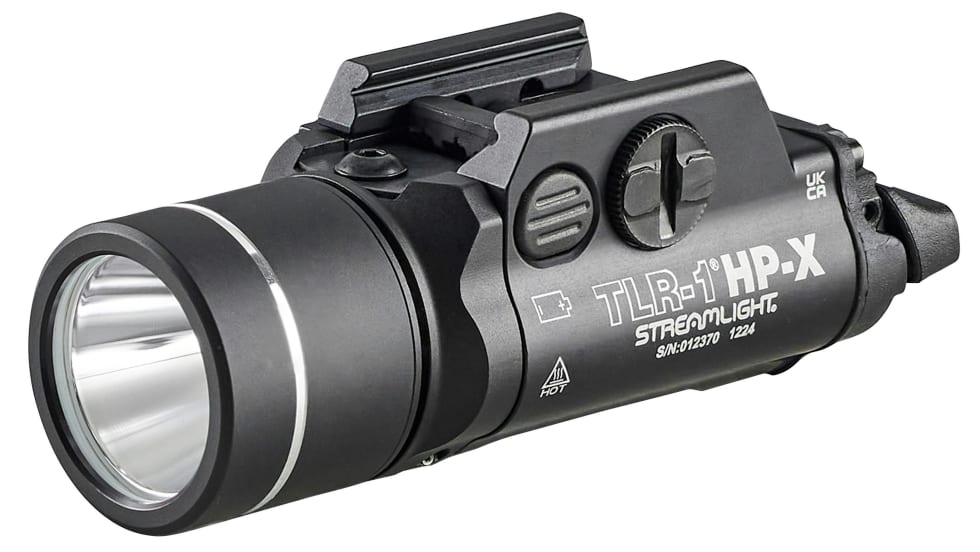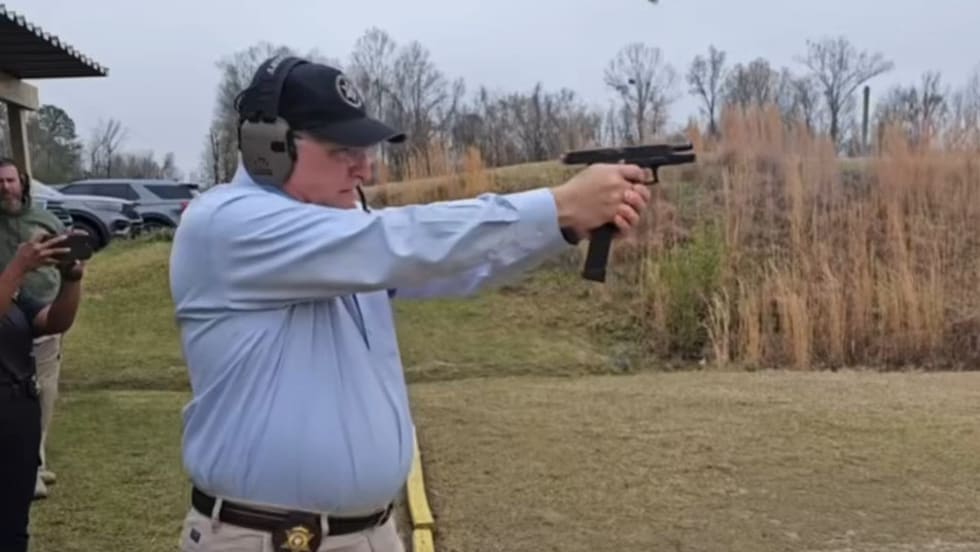It's obviously absolutely essential for an officer to be able to positively identify and evaluate targets before making a decision to use deadly force. The beam of a laser sight is too narrow to illuminate or identify targets. A laser does, however, provide a degree of illumination that may sometimes be utilized to tactically sweet dark areas to observe movement that cannot be seen with the unaided eye.
A hand-held flashlight or a firearm- mounted tactical light can be used simultaneously with a laser sight. The laser's aiming dot will still be visible. If the aiming dot can be seen without a light, it will still be able to be seen when a light is used.
The combination of a laser and light can give a officer a critical tactical advantage during low-light encounters, providing unobstructed target identification, better peripheral vision, and, if necessary, quicker and more accurate shot placement.
Although no laser should ever be intentionally aimed directly into someone's eyes, it would be difficult to cause permanent eye damage with a commercial (Class IIIa) laser. The beam on a class IIIa visible laser sight is so bright that the eye's involuntary blink reflex would normally prevent permanent eye damage from occurring.
This is not the case with Class IIIb infrared lasers. Infrared lasers are sometimes utilized by tactical teams for covert operations utilizing night vision devices. Because the infrared beam is invisible to the naked eye, permanent eye damage is possible if a Class IIIb infrared laser is aimed into the eyes. For this reason, sales of Class IIIb infrared lasers are restricted to law enforcement agencies and the military.









